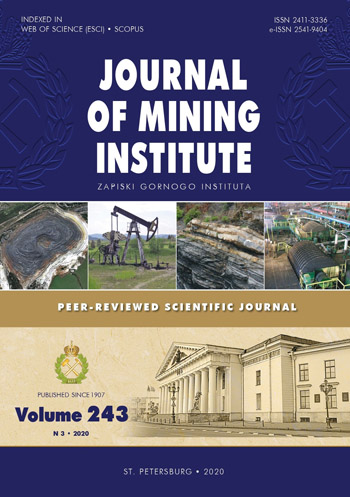Mathematical model of the liquefied methane phase transition in the cryogenic tank of a vehicle
- 1 — Ph.D., Dr.Sci. Professor Russian State Agrarian University named after K.A.Timiryazev ▪ Scopus
- 2 — Ph.D. Professor Saint Petersburg Mining University ▪ Orcid ▪ Elibrary ▪ Scopus ▪ ResearcherID
- 3 — Ph.D. Associate Professor Saint Petersburg State Agrarian University
Abstract
In order to increase the efficiency of using vehicles (VEH) in mining and quarrying conditions, it is necessary to improve the components of gas equipment (cryogenic tank, gas nozzles, fuel supply cryogenic tubes, etc.) for supplying liquefied natural gas to the engine, as well as storage of liquid methane in a cryogenic tank with a long service life. For this, it is necessary to consider the process of heat and mass transfer of liquefied natural gas in a two-phase liquid-gas medium, taking into account the phase transition in the closed volume of the cryogenic tank under consideration. The article presents a model of unsteady heat and mass transfer of a two-phase liquefied methane medium in a developed two-tank cryogenic tank using a Cartesian coordinate system with fractional control volumes in space. The experimental data confirm the efficiency of using a cryogenic tank on the VEH platform, in which the run on liquefied methane compared to standard fuels is tripled, the shelf life of liquefied gas in the proposed cryogenic tank is 2-2.5 times longer than in the standard one.
